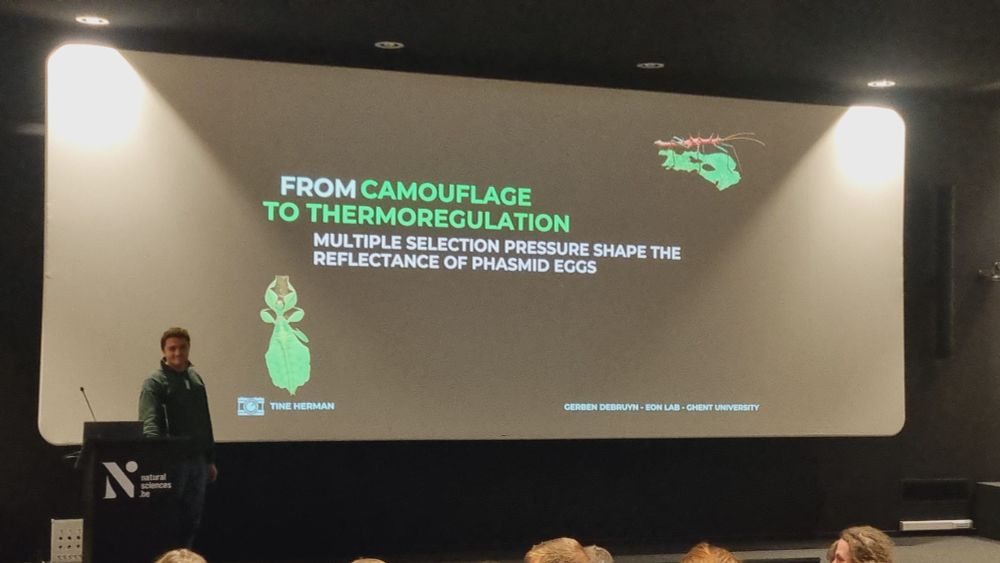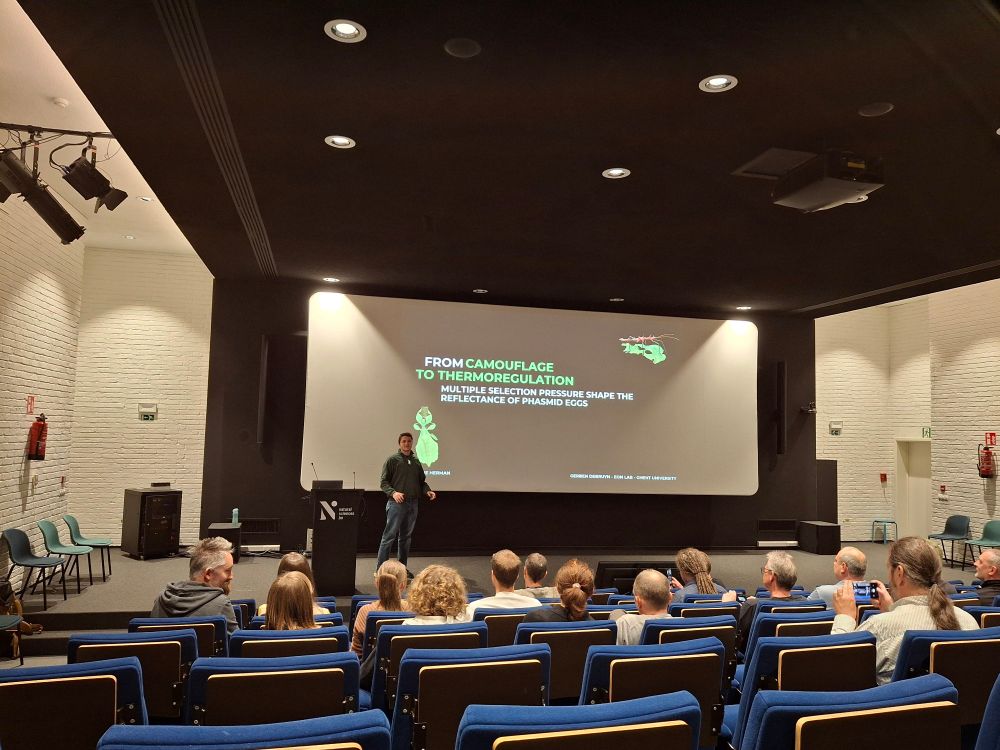Iridescence in mammals is not as rare as we thought, but it’s all created in the same way!

Iridescence in mammals is not as rare as we thought, but it’s all created in the same way!







theconversation.com/why-did-life...

theconversation.com/why-did-life...
Well how did we do this? Let' start at the beginning!
🧵 (1/6) @science.org

Well how did we do this? Let' start at the beginning!
🧵 (1/6) @science.org
pubs.rsc.org/en/Content/A...

pubs.rsc.org/en/Content/A...


